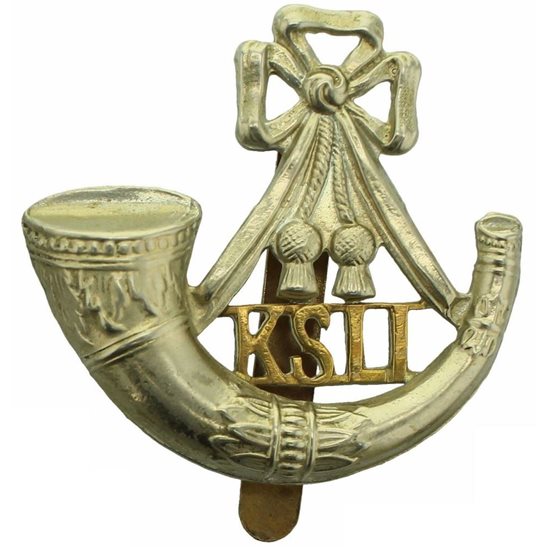Personal Details
Born: 25 December 1889 in Llanymynech, Shropshire.
Family: He was the fifth of six children born to Edward Griffiths, a bricklayer, and his wife Louisa. He married Agnes Groom in 1914 in Whitchurch, Shropshire and together they had two children – Elsie and Norman.
Residence: In 1891 he lived with his family at Yates Houses, Ratcliffs Hill, Llanymynech, Oswestry, Shropshire; by 1901 they had moved to High Pant, Llanymynech. In 1911 he was boarding at 24 Egerton Road, Whitchurch; his address was shown as 21 Egerton Road Whitchurch in 1916. By 1939 he was living at 52 Egerton Road, Whitchurch which was his address at the time of his death.
Employment: In 1911 he was a golf professional; in 1939 he was a time keeper.
Died: In 1970 in Whitchurch, aged 80, and was buried on 18 November the same year in Whitchurch cemetery, four days after his wife.
Military Details
Regiment: King’s Shropshire Light Infantry
Rank: Private
Service Number: 11459
Date of Enlistment: 31 August 1914
Date of Discharge: 12 September 1916
Reason for Discharge: Wounded and no longer medically fit for war service
Other Information: Gunshot wound to right leg; entitled to wear a wound stripe.
William was awarded the Campaign Medals (British War Medal and Victory Medal) and the Silver War Badge number 500740

The British War Medal (also known as 'Squeak') was a silver or bronze medal awarded to officers and men of the British and Imperial Forces who either entered a theatre of war or entered service overseas between 5th August 1914 and 11th November 1918 inclusive. This was later extended to services in Russia, Siberia and some other areas in 1919 and 1920. Approximately 6.5 million British War Medals were issued. Approximately 6.4 million of these were the silver versions of this medal. Around 110,000 of a bronze version were issued mainly to Chinese, Maltese and Indian Labour Corps. The front (obv or obverse) of the medal depicts the head of George V. The recipient's service number, rank, name and unit was impressed on the rim.
The Allied Victory Medal (also known as 'Wilfred') was issued by each of the allies. It was decided that each of the allies should each issue their own bronze victory medal with a similar design, similar equivalent wording and identical ribbon. The British medal was designed by W. McMillan. The front depicts a winged classical figure representing victory. Approximately 5.7 million victory medals were issued. Interestingly, eligibility for this medal was more restrictive and not everyone who received the British War Medal ('Squeak') also received the Victory Medal ('Wilfred'). However, in general, all recipients of 'Wilfred' also received 'Squeak' and all recipients of The 1914 Star or The 1914/1915 Star (also known as 'Pip') also received both 'Squeak' and 'Wilfred'. The recipient's service number, rank, name and unit was impressed on the rim.

The Silver War Badge was issued in the United Kingdom and the British Empire to service personnel who had been honourably discharged due to wounds or sickness from military service in World War I. The badge, sometimes known as the "Discharge Badge", the "Wound Badge" or "Services Rendered Badge", was first issued in September 1916, along with an official certificate of entitlement.

